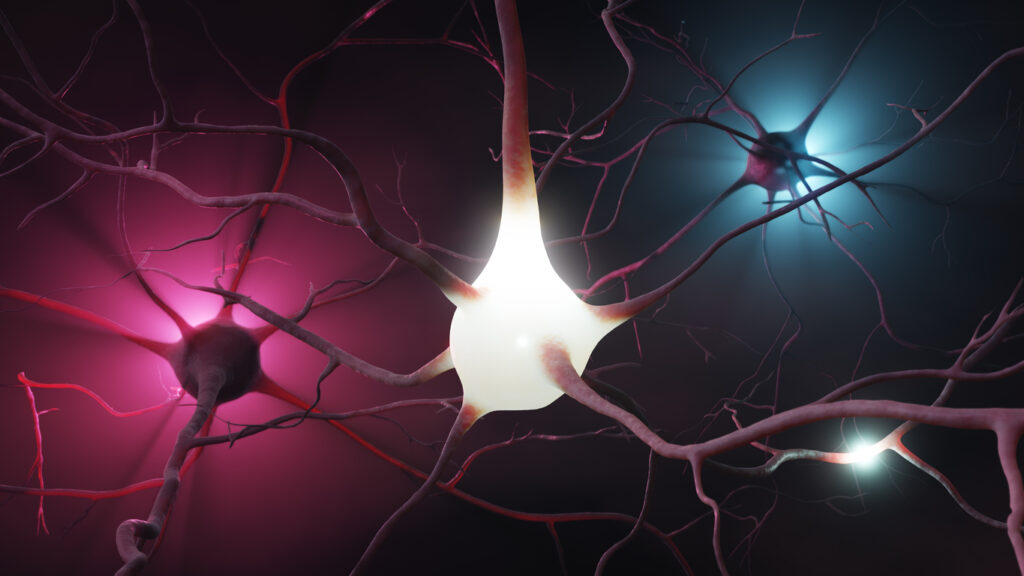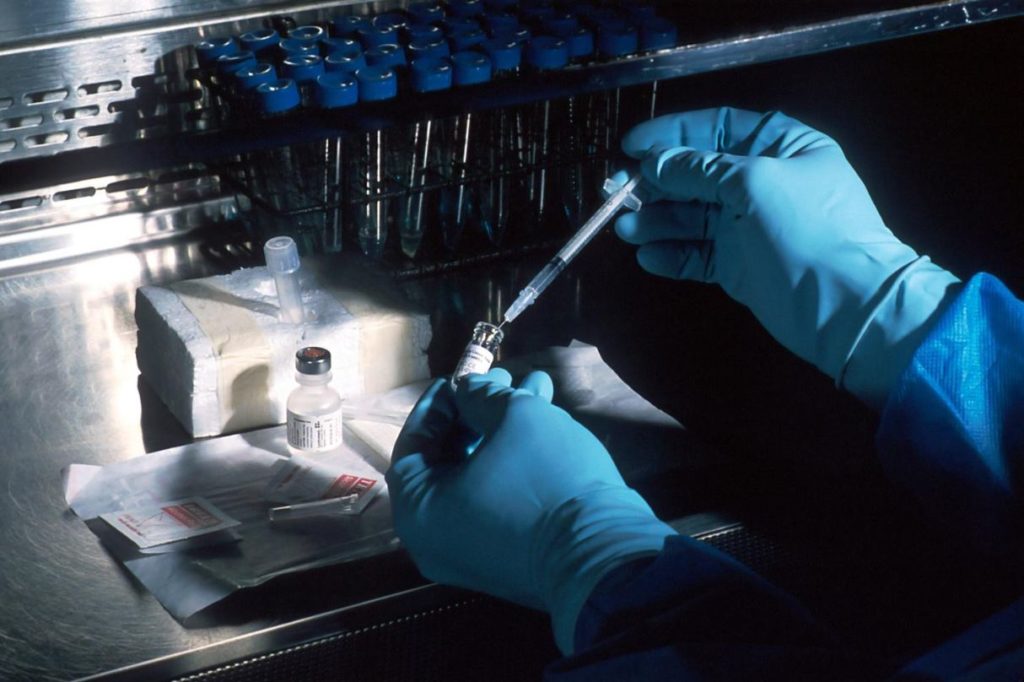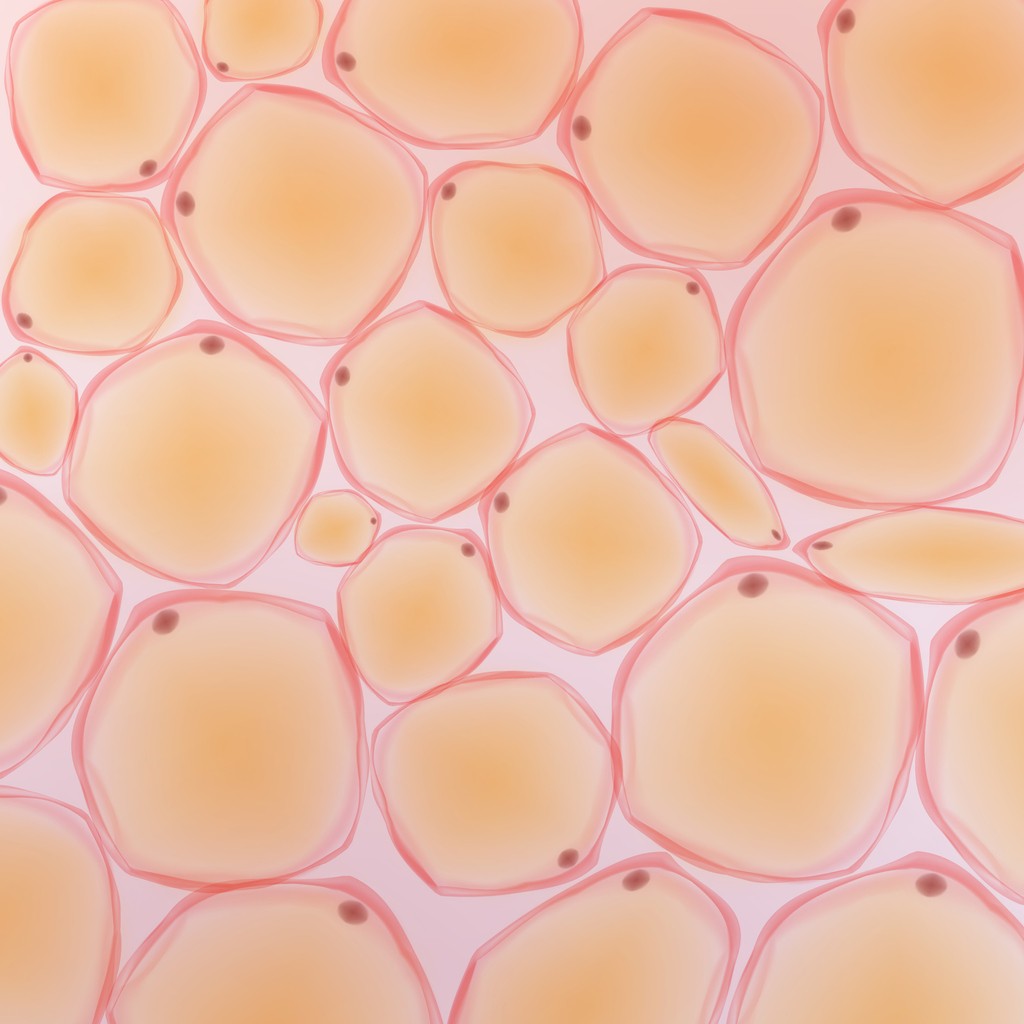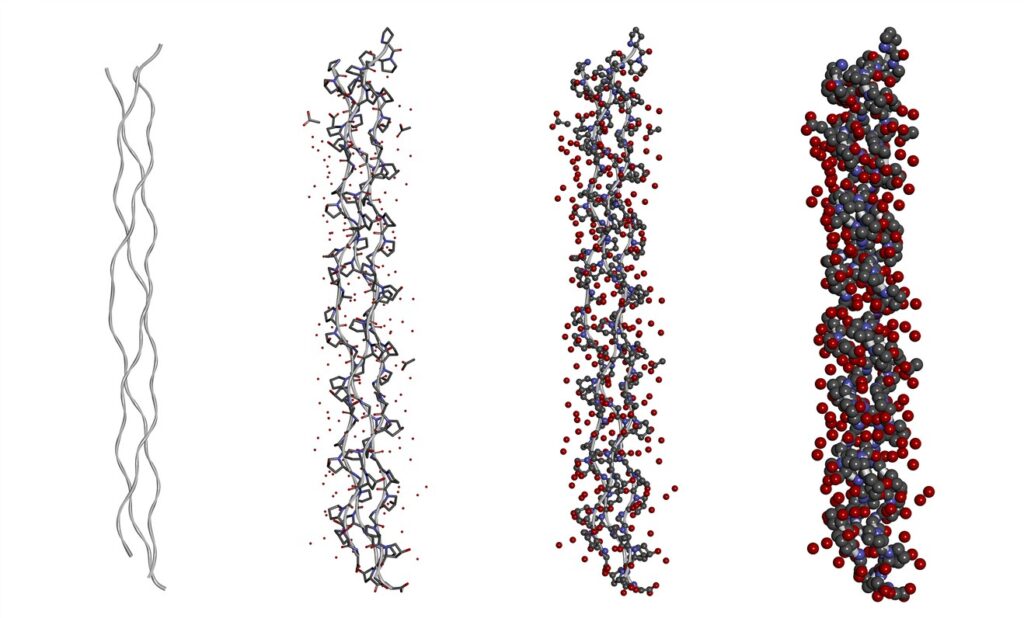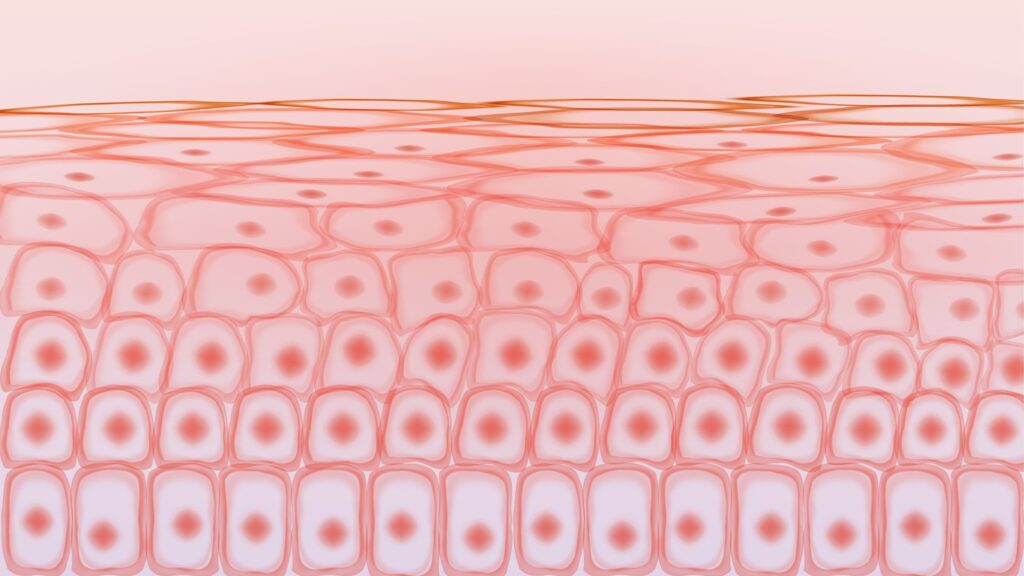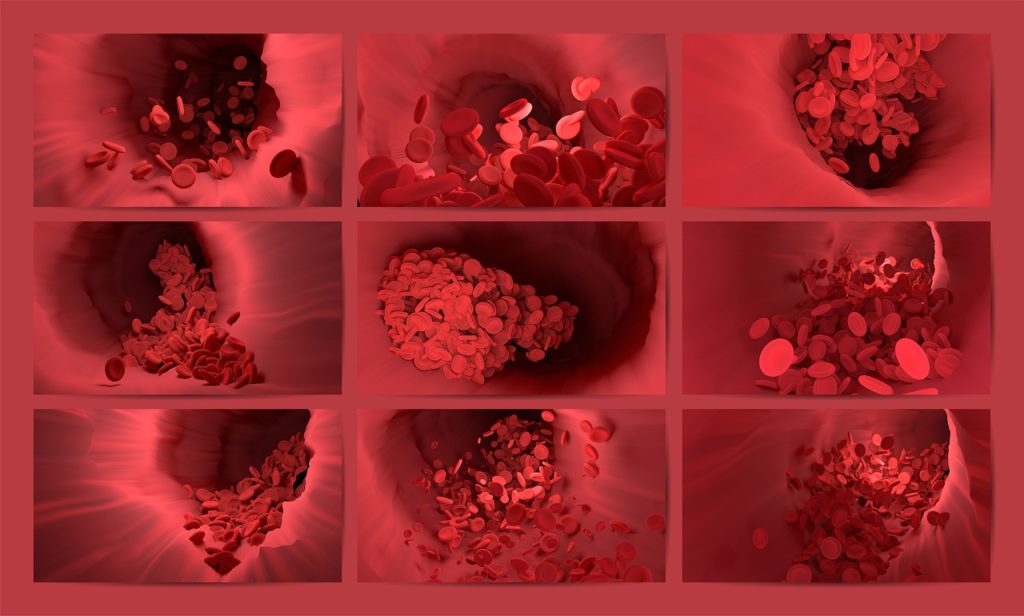Peptide Blog
All articles and shared info are for educational purposes only.
Latest Peptide Articles
Studies in Ipamorelin for Muscle Growth and Bone Density
Ipamorelin, also known as NNC 26-0161, is a pentapeptide with the amino acid sequence Aib-His-D-2-Nal-D-Phe-Lys-NH2. Researchers suggest it may induce a peak in growth hormone (GH) synthesis by the pituitary gland via activating the growth hormone secretagogue receptors (GHS-Rs). In this respect, Ipamorelin is classified as a growth hormone secretagogue (GHS). It appears mimic the...
Research in BPC-157 and The Digestive and Nervous Systems
BPC-157 is a pentadecapeptide made of 15 amino acids and bears the sequence Gly-Glu-Pro-Pro-Pro-Gly-Lys-Pro-Ala-Asp-Asp-Ala-Gly-Leu-Val, and a molecular formula of C62H98N16O22. This is a fully synthetic peptide with a sequence not known to occur in nature. However, it is often termed a “gut peptide,” as it is suggested to have similar structure and properties to other...
IGF-1 LR3 Peptides and Tissue Growth
Scientists have created IGF-1 LR3 peptides by modifying the amino acid sequence of IGF-1. The new peptide has similar potential but possibly higher potency and improved stability. The LR3 in the name describes the two modifications to the IGF-1 molecule. Long R3 IGF-1, or IGF-1 LR3, is an analog of insulin-like growth factor 1...
Adipotide (FTPP) and Fat Cells
Adipotide peptide is a synthetic peptidomimetic and an experimental proapoptotic compound known as FTPP (Fat-Targeted Proapoptotic Peptide). Peptidomimetics are synthetic molecules that may mimic a natural protein’s structural domain. Adipotide appears to bind to the protein receptor prohibitin, which is why it also bears the name Prohibitin-targeting peptide 1 (Prohibitin-TP01). By doing so, it has...
Semaglutide Research in Hormone Signaling
Semaglutide is a peptide agonist to the glucagon-like peptide-1 (GLP-1) receptors in the pancreas, the brain, and other organs. The hypothetical action of the compound is considered to be similar to GLP-1, a peptide hormone naturally produced in the intestine. It is an incretin, meaning it is considered to stimulate insulin secretion. Semaglutide is also...
Research in Wrinkle Reduction and Vialox
Vialox peptide (also known as Pentapeptide-3V) has been suggested to exhibit potential in preventing muscle contraction by exhibiting a curare-like effect at the neuromuscular junction, disallowing the nervous system signals from reaching the muscles. Vialox peptide is of interest because of its potential to communicate between muscles and nerves. Vialox peptide has been suggested to...
Syn-Coll and Collagen Production Stimulation
Syn-coll peptide or Palmitoyl Tripeptide-5 is a peptide that has been hypothesized to increase the production of Type I and Type III collagen while inhibiting its degradation (1). It is also known as Palmitoyl Tripeptide-5 or Tripeptide-5. Syn-coll peptide appears to induce these functions by activating the transforming growth factor. Research has suggested that Syn-coll may...
Pal-GHK Peptide and Experimental Research in Wrinkle Depth
Pal-GHK, also known as Palmitoyl Tripeptide-1 or Palmitoyl Oligopeptide, may act to mitigate the development of creasing in the epidermis and may regulate trans-epidermal water loss.[1,2] Pal-GHK is a peptide with a fatty acid end and a peptide end. Pal-GHK peptide is a fibroblast stimulant and a minor component of the elastin protein. Contents: Potential Function...
TB-500 Research in Regards to Blood Vessel Growth and Wound Healing
TB-500 peptide is a synthetic version of Thymosin Beta-4 found in animal cells. TB-500 is a peptide sequence composed of 43 amino acid molecules and a member of 16 cohabiting molecules with high sequence conservation and localization in tissues and circulating cells. In eukaryotic cells, the TB-500 peptide is suggested to bind to actin, inhibit...


